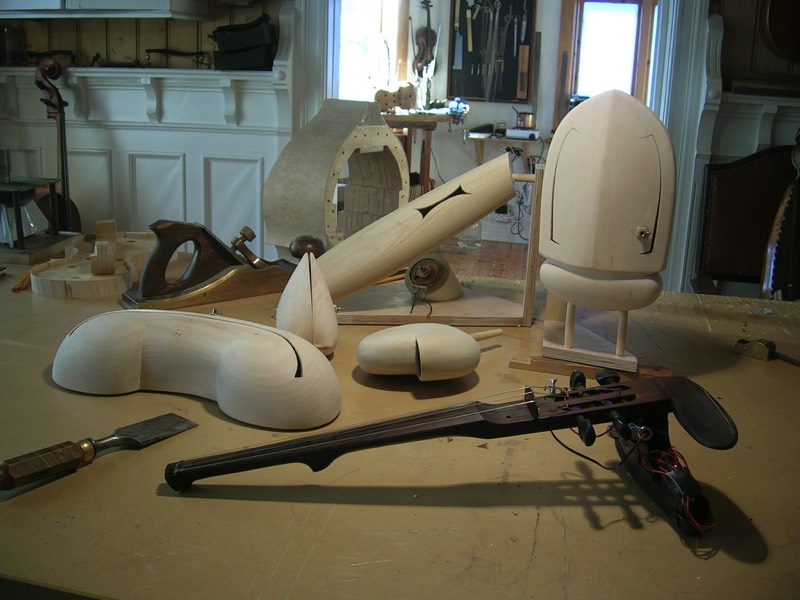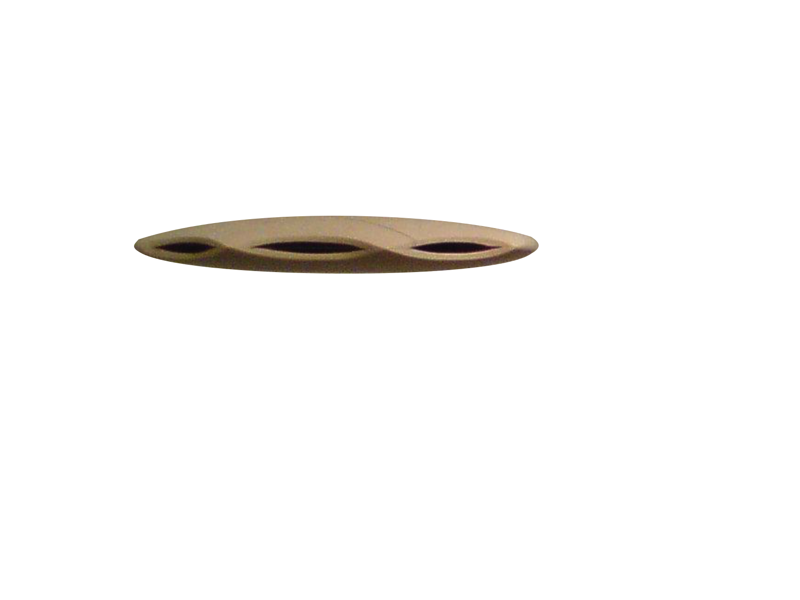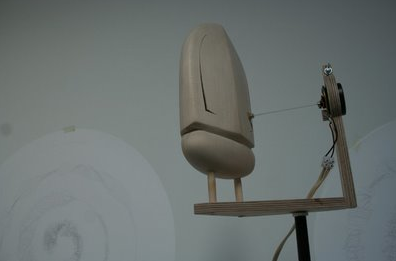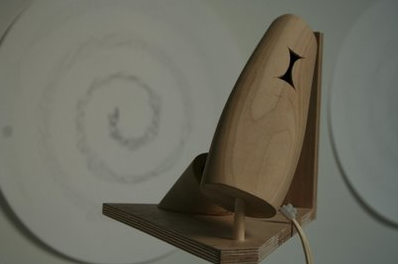I love the baroque form of the classical violin, but the whole aesthetics of the violin belong to the baroque era. It’s intriguing that something so great has remained unchanged for almost 400 years; whereas, everything else is developing—chairs, tables, cars and things are constantly evolving. I always wanted to try and create something that had to do with our times.
Why did the early masters of violin making mirror the methodologies of the architects in particular? Perhaps it is only natural that an object that must obey the rules of resistance to static forces should acquire the shapes that conform to the knowledge of the engineering and consequentially aesthetic paradigms of the era?
The violin family instruments have been an exception to the rule that the gestalt of objects necessarily adheres to their contemporary forms.
With a few exceptions, notably in the 19th century, the form of the violin has remained in a state of suspension, as if locked in a time capsule. This is marvellous in a way, as it points to the fact that the level of design achieved must have been of enormous sophistication.
This leads to the common deduction that the form alone is responsible for the "violin tone". In fact, through experimentation with other forms, it has been shown that the bowing of a string contributes to a surprising degree, to the "violinness" of the tone.
The finest bowed instruments in the world, are of the classical baroque form. Does that necessarily mean that this form is the only one capable of producing a lovely sound?
Why did the early masters of violin making mirror the methodologies of the architects in particular? Perhaps it is only natural that an object that must obey the rules of resistance to static forces should acquire the shapes that conform to the knowledge of the engineering and consequentially aesthetic paradigms of the era?
The violin family instruments have been an exception to the rule that the gestalt of objects necessarily adheres to their contemporary forms.
With a few exceptions, notably in the 19th century, the form of the violin has remained in a state of suspension, as if locked in a time capsule. This is marvellous in a way, as it points to the fact that the level of design achieved must have been of enormous sophistication.
This leads to the common deduction that the form alone is responsible for the "violin tone". In fact, through experimentation with other forms, it has been shown that the bowing of a string contributes to a surprising degree, to the "violinness" of the tone.
The finest bowed instruments in the world, are of the classical baroque form. Does that necessarily mean that this form is the only one capable of producing a lovely sound?
In the nineties, I did a series of experiments which led to some exciting recreational violin making.
I made an electric violin and soon found that it left almost everything to be desired tone wise. The fact that the available sound systems were all designed to feature a flat frequency response, meant that dynamics and phrasing were lacking in the standard electric violin. The electric violin ended up sitting on a shelf for a few years.
I made an electric violin and soon found that it left almost everything to be desired tone wise. The fact that the available sound systems were all designed to feature a flat frequency response, meant that dynamics and phrasing were lacking in the standard electric violin. The electric violin ended up sitting on a shelf for a few years.
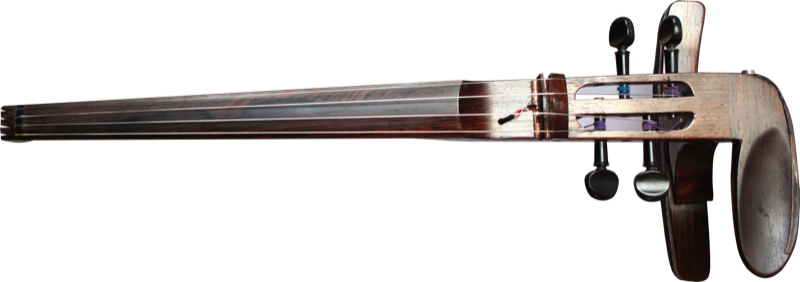
Later it occurred to me to do an experiment where I could separate the string from the body of a standard violin, and therefore exclude the effects of static compression and tension on the instrument. What effect would that have on the vibrational behaviour of the violin. I had been using magnetic actuators to drive violin bodies with sine wave sweeps to measure their frequency response, and thought about trying to actuate an instrument with the quasi sawtooth waveform of the bowed electric violin.
The 21st Century Violin Project
